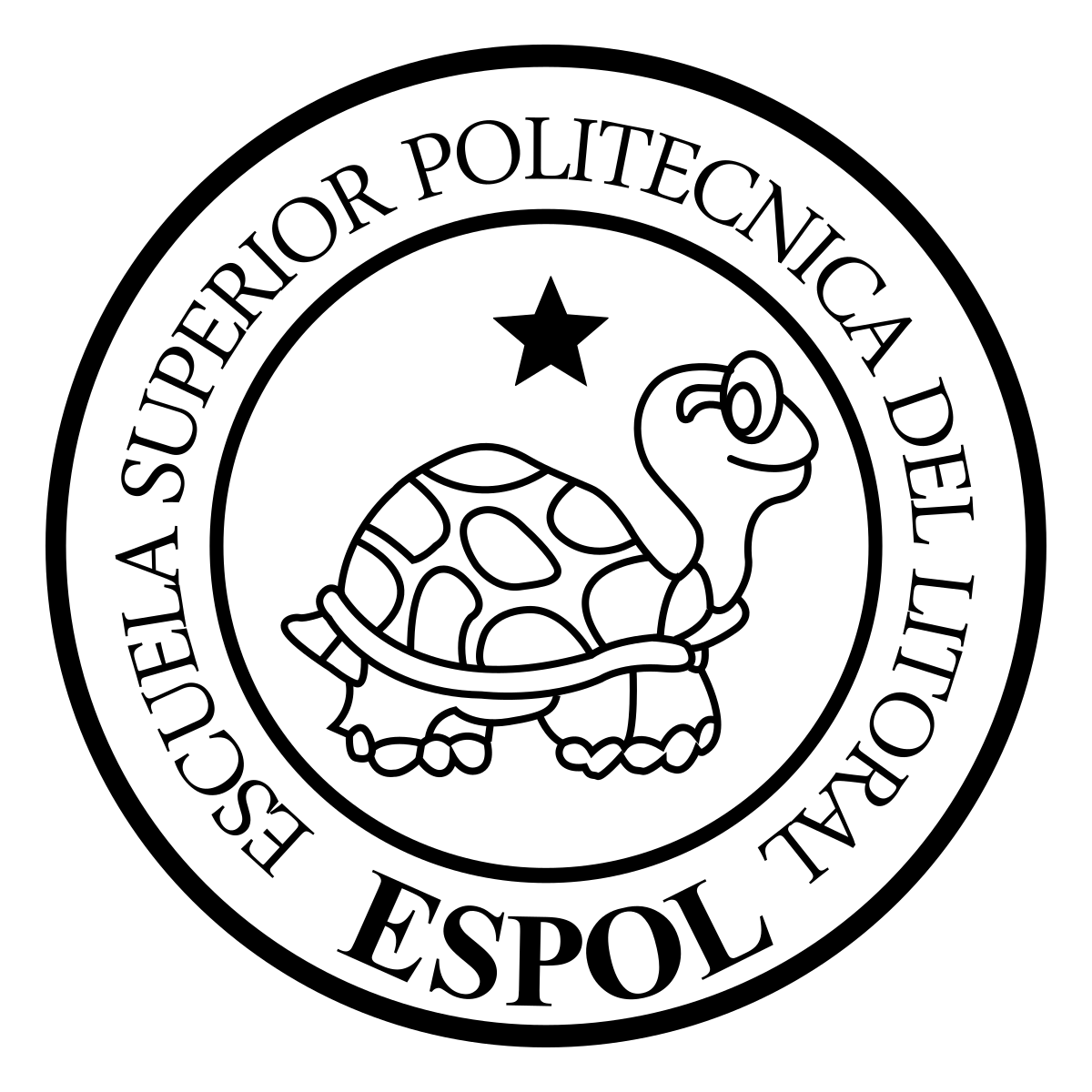OSeMOSYS (Open Source Modelling System) es un modelo de equilibrio parcial que busca satisfacer la demanda energética en el horizonte de tiempo planteado, que se optimiza por mínimo costo. El modelo ofrece diversas ventajas debido a su fácil uso y su condición de código abierto, lo que le permite estar en constante actualización y evolución gracias a una comunidad creciente. Entre sus aplicaciones están los sistemas energéticos, los diferentes usos del suelo y la capacidad de plantear distintos escenarios de acuerdo con la información disponible. El trabajo presenta los principales componentes del modelo, sus diversas opciones de uso y casos de uso en algunas regiones del mundo, incluido el caso de expansión eléctrica al año 2050 en las Islas Galápagos. Como resultado, no solo es posible contar con electricidad 100% renovable en las Islas, también es un escenario menos costoso en relación a mantener el sector eléctrico como se encuentra en la actualidad. Dicha inversión sería menos de la mitad de lo que se gastaría si se sigue con las políticas eléctricas actuales. Para alcanzar la descarbonización de las Islas, se tiene que empezar a invertir en energías renovables que, con el mejoramiento de su tecnología, son cada vez menos costosas y más eficientes. Es importante recalcar que, para cualquier plan a largo plazo, se debe contar con los estudios ambientales necesarios, más aun tratándose de un lugar con tanta riqueza natural.

Esta obra está bajo una licencia internacional Creative Commons Atribución-NoComercial 4.0.
Referencias
ARCONER. 2023. SISDAT. http://sisdat.controlrecursosyenergia.gob.ec/Login.aspx?ReturnUrl=%2fHome%2fFrame.aspx.
Astudillo, Fernando J. 2017. Environmental Historical Archaeology of the Galápagos Islands: Paleoethnobotany of Hacienda El Progreso, 1870-1904.
Banco Central del Ecuador (BCE). 2023a. Cuenta Cantonales Sector Real. 2023. https://contenido.bce.fin.ec/documentos/Estadisticas/SectorReal/CuentasCantonales/Indice.htm
Banco Central del Ecuador (BCE). Información Estadística. 2023. https://contenido.bce.fin.ec/documentos/Estadisticas/Hidrocarburos/indice_cifras.html
Cannone, Carla, Lucy Allington, Lucy Allington, Lucy Allington, Philip Goynes, Cesar Valderrama, Vedran Kapor, et al. 2022. “clicSAND for OSeMOSYS: A User-Friendly Interface Using Open-Source Optimisation Software for Energy System Modelling Analysis.” 2022. https://assets.researchsquare.com/files/rs-1338761/v2/ffe64f16-9c9a-41e6-a298-5b0691391707.pdf?c=1663613864.
De Miras, Claude. 1995. Las Islas Galápagos: Un Reto Económico: Tres Contradicciones básicas. 513. Fundación Charles Darwin para las Islas Galápagos.
De Moura, Gustavo Nikolaus Pinto, Luiz Fernando Loureiro Legey, and Mark Howells. 2018. “A Brazilian Perspective of Power Systems Integration Using OSeMOSYS SAMBA – South America Model Base – and the Bargaining Power of Neighbouring Countries: A Cooperative Games Approach.” Energy Policy 115 (April): 470–85. https://doi.org/10.1016/j.enpol.2018.01.045.
Epler, Bruce. 2007. Tourism, the Economy, Population Growth, and Conservation in Galapagos.
Fundación Bariloche FB, BID. 2020. Escenarios de demanda y oferta energética y opciones de política energética para el archipiélago de las islas Galápagos. Vol. 4. 1. Quito.
Gardumi, Francesco, Abhishek Shivakumar, Robbie Morrison, Constantinos Taliotis, Oliver Broad, Agnese Beltramo, Vignesh Sridharan, et al. 2018. “From the Development of an Open-Source Energy Modelling Tool to Its Application and the Creation of Communities of Practice: The Example of OSeMOSYS.” Energy Strategy Reviews 20 (April): 209–28. https://doi.org/10.1016/j.esr.2018.03.005.
Howells, Mark, Holger Rogner, Neil Strachan, Charles Heaps, Hillard Huntington, Socrates Kypreos, Alison Hughes, et al. 2011. “OSeMOSYS: The Open Source Energy Modeling System.” Energy Policy 39 (10): 5850–70. https://doi.org/10.1016/j.enpol.2011.06.033.
IEA. 2008. International Energy Agency, International Energy Workshop. 2008. https://www.internationalenergyworkshop.org/old/Workshop_2008.html.
IIGE. 2018. Balance energético de la Provincia de Galápagos 2018.
INEC. 2015. Censo de Población y Vivienda-Galápagos. 2015. https://www.ecuadorencifras.gob.ec/censo-de-poblacion-y-vivienda-galapagos/.
Ministerio del ambiente, agua y transición ecológica (MAATE). 2023. INFORME ANUAL Ingreso de Visitantes a Las Áreas Protegidas de Galápagos. https://galapagos.gob.ec/wp-content/uploads/2023/02/INFORME_ANUAL_VISITANTES_2022_DUP.pdf
Niet, T., A. Shivakumar, F. Gardumi, W. Usher, E. Williams, and M. Howells. 2021. Developing a Community of Practice Around an Open Source Energy Modelling Tool. Energy Strategy Reviews 35 (May): 100650. https://doi.org/10.1016/j.esr.2021.100650.
OSeMOSYS. 2023. Structure of OSeMOSYS. 2023. https://osemosys.readthedocs.io/en/latest/manual/Structure%20of%20OSeMOSYS.html
Pfenninger, Stefan, and Iain Staffell. 2016. “Long-Term Patterns of European PV Output Using 30 Years of Validated Hourly Reanalysis and Satellite Data.” Energy 114 (November): 1251–65. https://doi.org/10.1016/j.energy.2016.08.060.
PNG. 2023. Parque Nacional Galápagos | Sistema Nacional de Áreas Protegidas Del Ecuador. 2023. http://areasprotegidas.ambiente.gob.ec/es/areas-protegidas/parque-nacional-gal%C3%A1pagos
PNUD. 2016. “Energía Verde para Galápagos Inagotable, Limpia y Segura.” Ministerio de Electricidad y Energía Renovable, 22. https://www.undp.org/content/dam/ecuador/docs/documentos proyectos ambiente/pnud_ec REVISTA ENERGIA VERDE PARA GALAPAGOS
Portilla, Jesus, Jeison Sosa, and Luigi Cavaleri. 2013. “Wave Energy Resources: Wave Climate and Exploitation.” Renewable Energy 57 (September): 594–605. https://doi.org/10.1016/j.renene.2013.02.032.
Quevedo, Jarrizon, and Idalberto Herrera Moya. 2022. “Modeling of the Dominican Republic Energy Systems with OSeMOSYS to Assess Alternative Scenarios for the Expansion of Renewable Energy Sources.” Energy Nexus 6 (June): 100075. https://doi.org/10.1016/j.nexus.2022.100075.
SAM. 2023. System Advisor Model - SAM. https://sam.nrel.gov/.
Sampedro, Carolina, Francesco Pizzitutti, Diego Quiroga, Stephen J. Walsh, and Carlos F. Mena. 2020. “Food Supply System Dynamics in the Galapagos Islands: Agriculture, Livestock and Imports.” Renewable Agriculture and Food Systems 35 (3): 234–48. https://doi.org/10.1017/S1742170518000534.
Snell, HL, A Tye, CE Causton, and R Bensted-Smith. 2002. Current Status of and Threats to the Terrestrial Biodiversity of Galapagos. A Biodiversity Vision for the Galapagos Islands, 30–47.
Staffell, Iain, and Stefan Pfenninger. 2016. “Using Bias-Corrected Reanalysis to Simulate Current and Future Wind Power Output.” Energy 114 (November): 1224–39. https://doi.org/10.1016/j.energy.2016.08.068.
Taylor, J. Edward, Jared Hardner, and Micki Stewart. 2009. Ecotourism and Economic Growth in the Galapagos: An Island Economy-Wide Analysis. Environment and Development Economics 14 (2): 139–62. https://doi.org/10.1017/S1355770X08004646.
Tchandao, Esso-Wazam, Adekunlé Salami, Kodjo Koffi Mawugno, Amy Nabiliou, and Seydou Ouedraogo. 2023. Modelling the Optimal Electricity Mix for Togo by 2050 Using OSeMOSYS. International Journal of Renewable Energy Development 12 (February): 430–39. https://doi.org/10.14710/ijred.2023.50104.
University, Open. 2023. Distance Learning Courses and Adult Education - the Open University 2023. https://www.open.ac.uk/.
Walsh, Stephen J., and Carlos F. Mena. 2016. “Interactions of Social, Terrestrial, and Marine Sub-Systems in the Galapagos Islands, Ecuador.” Proceedings of the National Academy of Sciences 113 (51): 14536–43. https://doi.org/10.1073/pnas.1604990113.
WWF. 2003. “Migración y Ambiente En Las Islas Galápagos ISBN 978-9978-58-129-2 - Libro. 2003. https://isbn.cloud/9789978581292/migracion-y-ambiente-en-las-islas-galapagos/.







